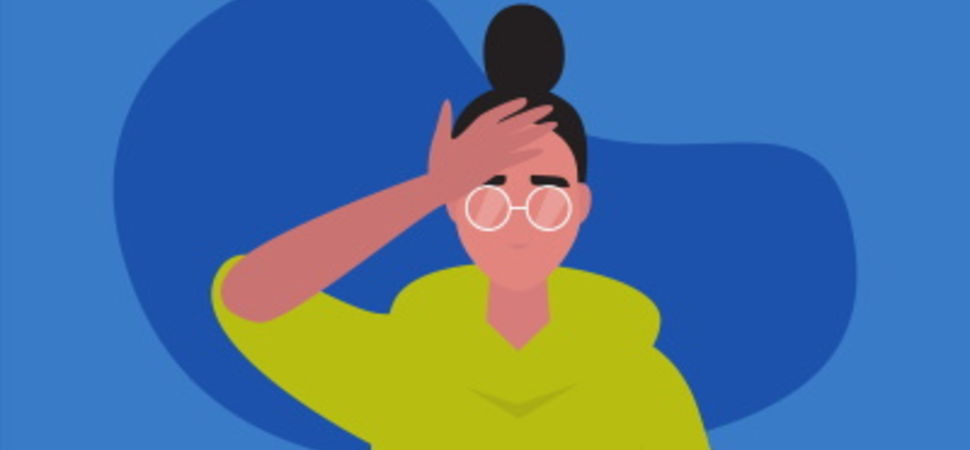
How To Tell The Difference Between Migraine And Common Headaches If You Have Chronic Migraine
Migraines are sometimes dismissed as merely another headache. Migraines are a neurological condition involving nerve pathways and chemicals, and pain or anguish in the head is just one of the many symptoms. If a person has a headache for 15 days a month, eight of those days have migraine symptoms, and this continues for three months or longer, they are most likely suffering from chronic migraine. What starts off as sporadic headaches progresses to a more frequent pattern, eventually becoming chronic. Migraine is much more than a headache for people who suffer from chronic migraine.
To distinguish a chronic migraine from a typical headache, one must be aware of the symptoms, which include a moderate to severe headache, throbbing pain, discomfort on both sides of the head, dizziness, vomiting, nausea, and sensitivity to light, sound, and scents. The symptoms of chronic migraine and migraine are the same. The distinction is in the sequence of events. You must suffer headaches for at least 15 days each month to be diagnosed with this illness.
Each person with chronic migraine has their own set of triggers, but common ones include a lack of sleep, coffee, and stress. Women are more likely than men to suffer from chronic migraines. This is due to hormonal changes that occur at various periods of life. Women go through a lot of hormonal changes throughout menstruation, pregnancy, and menopause, which can cause or provoke chronic migraine attacks.
Chronic Migraine is more than just a headache; it causes a slew of neurological symptoms that can be debilitating. A chronic migraine patient's quality of life is greatly impacted since they are unable to complete daily duties such as going to work or school. In certain cases, these incapacitating symptoms can occur without the presence of a headache.
Controlling the headache is the hope for people who suffer from persistent migraines. It is fair to expect that the quantity and intensity of migraine headaches can be minimised with prompt diagnosis and appropriate treatment. Unfortunately, many people who suffer from chronic migraines may experience migraine attacks again in the future.
Patients with chronic migraines who have not responded to earlier therapies have further options. Some individuals require more forceful trigger point injections and advanced hand-on procedures.
Doctors frequently prescribe pain relief for migraines for short periods of time, but if headache sufferers use them for longer lengths of time, the medicine might cause more headaches, known as drug-induced headaches. Medication overuse headaches are also known as rebound headaches.
It is critical for persons suffering from drug overuse headaches to detox their bodies under expert supervision. As a result, pain relievers and other similar medications should only be used for a short period of time, and if your condition does not improve or worsens, you should see a doctor, preferably a migraine specialist, rather than continuing to take the same drug as before.
Finally, for individuals with the most difficult chronic migraines to treat, who are not responding to any medications or detoxification methods, a team approach is essential. Over the course of weeks, the team, which includes healthcare specialists from neurology, psychiatry, psychology, nursing, physical therapy, and social work, meets with the patient and his or her family to design a treatment plan and track progress. Patients who are having trouble treating migraines should urge their doctors to refer them to centres that provide multi-team, patient-centered care.
Controlling the causes can help prevent chronic migraines. Chronic migraine treatment focuses on reducing attacks by managing lifestyle choices and headache triggers, as well as managing and delivering preventive treatments. Managing lifestyles such as decreasing weight, starting an exercise programme, caring, limiting stress, having a food pattern, being hydrated, and initiating therapy for any current mood condition are examples. There are also a variety of common and preventive therapies available to help reduce the frequency of headaches. As a result, as soon as one notices any of the chronic migraine symptoms, one should contact a neurologist.

